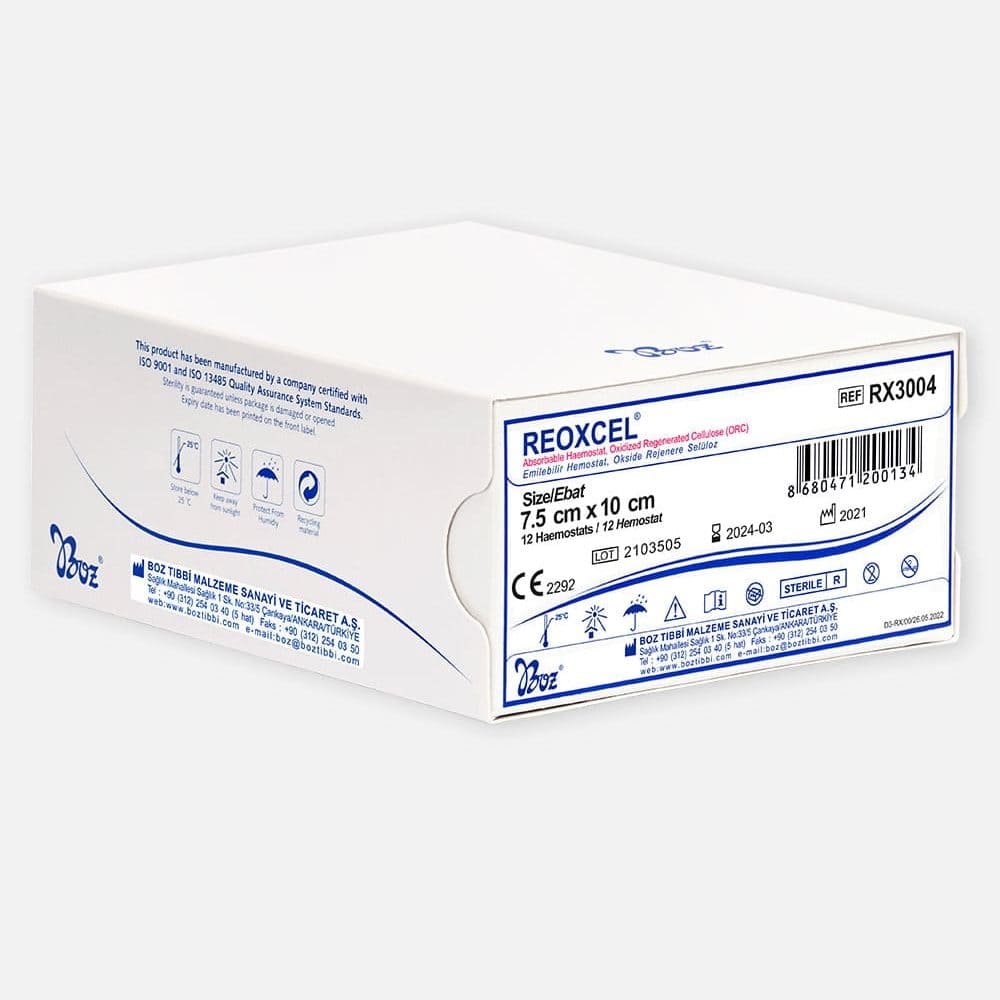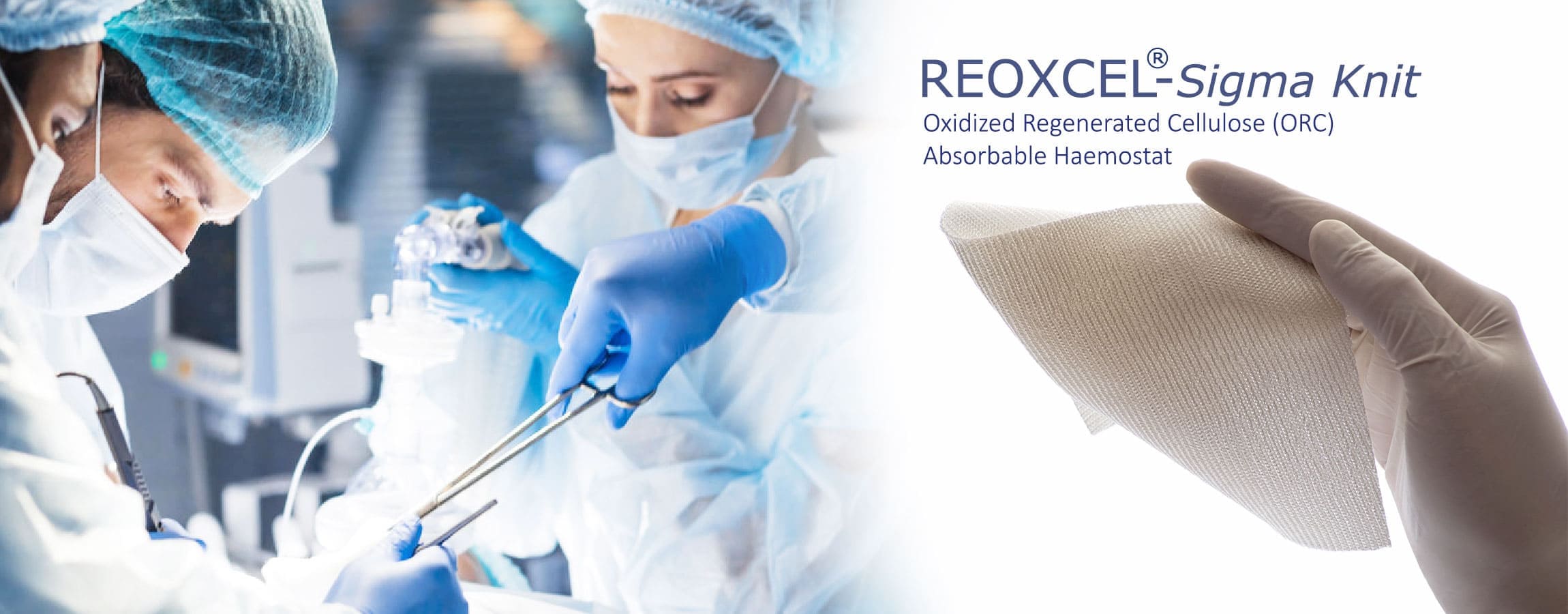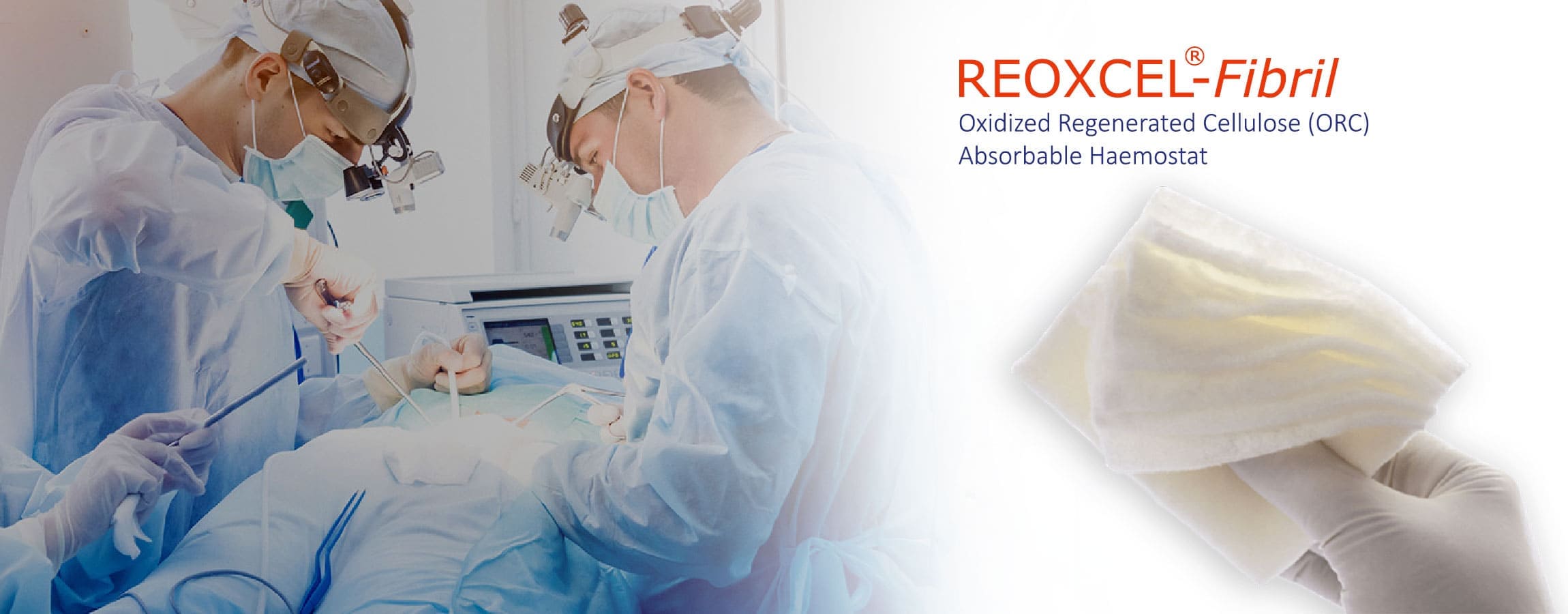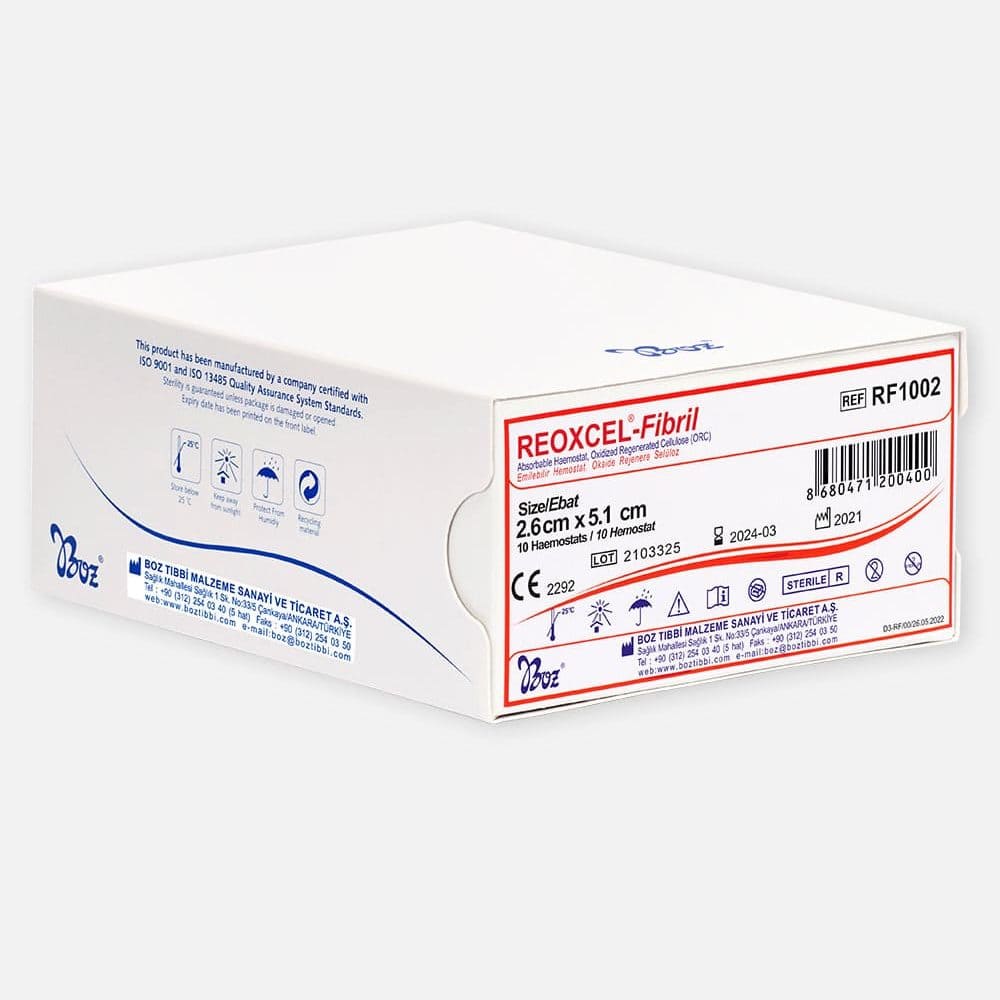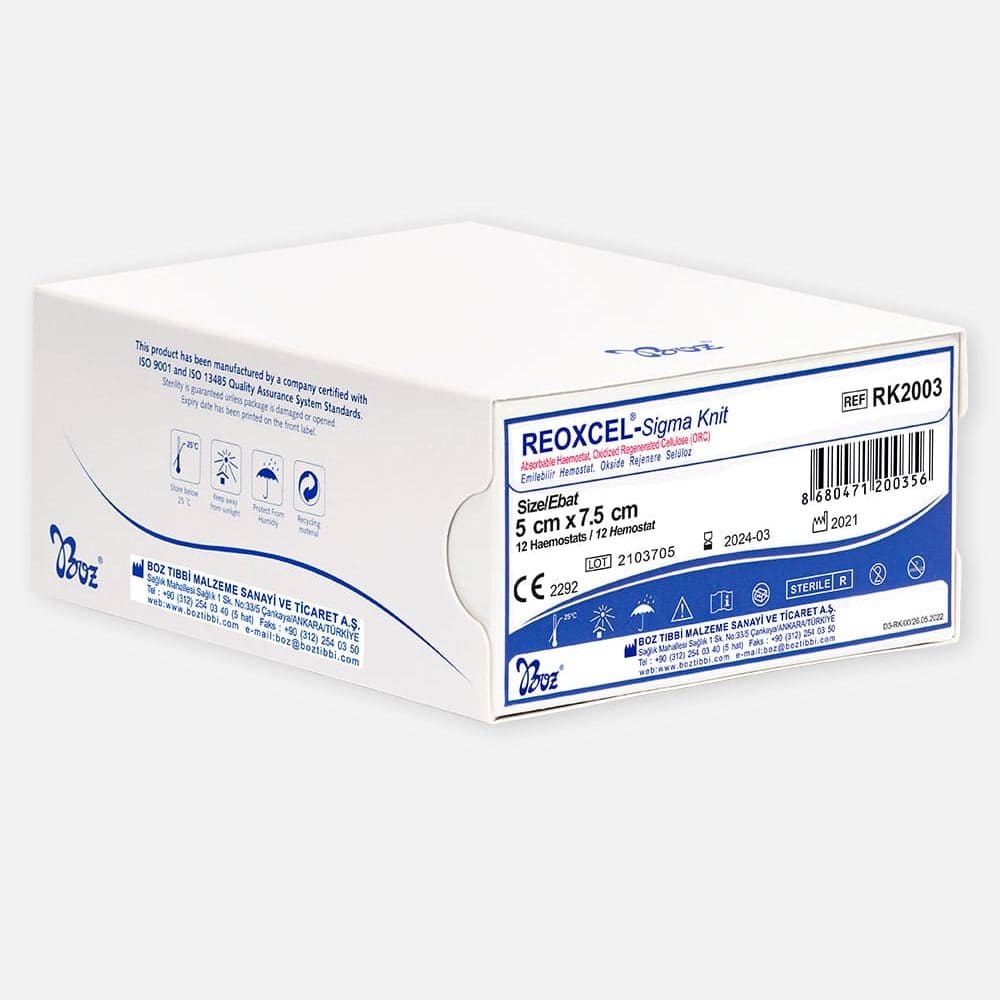Sutures, haemoclips and electrocautery are among the main hemostasis mechanisms in gynaecology surgery. However, when these are insufficient or inapplicable, hemostatic agents can be used to help hemostasis. These agents contain physical agents such as cellulose, collagen or gelatine as well as biologic agents such as thrombin and fibrin.
The application of hemostatic agents in Obstetrics and Gynaecology surgery is often used to reinforce the basic principles of hemostasis for such procedures to reduce morbidity and mortality. These hemostatic agents work with the body’s physiology to rapidly aid in platelet plug formation, activation of the coagulation cascade, fibrin formation, and formation of a stable clot. The four main hemostatic agent categories are mechanical, biological, fluid and fibrin covers. Mechanical agents act as a bridge for blood platelet aggregation to create a blood platelet tap. Biological agents activate coagulation factors at coagulation level to help hemostasis. Fluid materials offer mechanical tampon and connect biologic materials with mechanical materials to stabilize coagulation. Fibrin covers connect high-level fibrin and thrombin that create fibrin coagulant at high level. In obstetrics, hemostatic agents are often used to reduce the morbidity rate most commonly associated with abnormal placentation and uterine atony, in the case of postpartum hemorrhage, caesarean delivery, and postpartum hysterectomy. Hemostatic agents are more commonly used in gynaecology surgery than obstetric.
Topical hemostatic agent usage is a common practice in most of the surgical procedures. In this article, we will talk about the use of oxidized regenerated cellulose-based absorbable Reoxcel brand hemostatic agents for effective and safe hemostasis in haemorrhages in obstetric/gynaecological operations, focusing on postpartum haemorrhage, myomectomy, hysterectomy, endometriosis surgery, oncological mass reduction and ovarian cystectomy within the scope of gynaecological surgery.
Reoxcel Hemostat Usage in Gynaecology Surgery
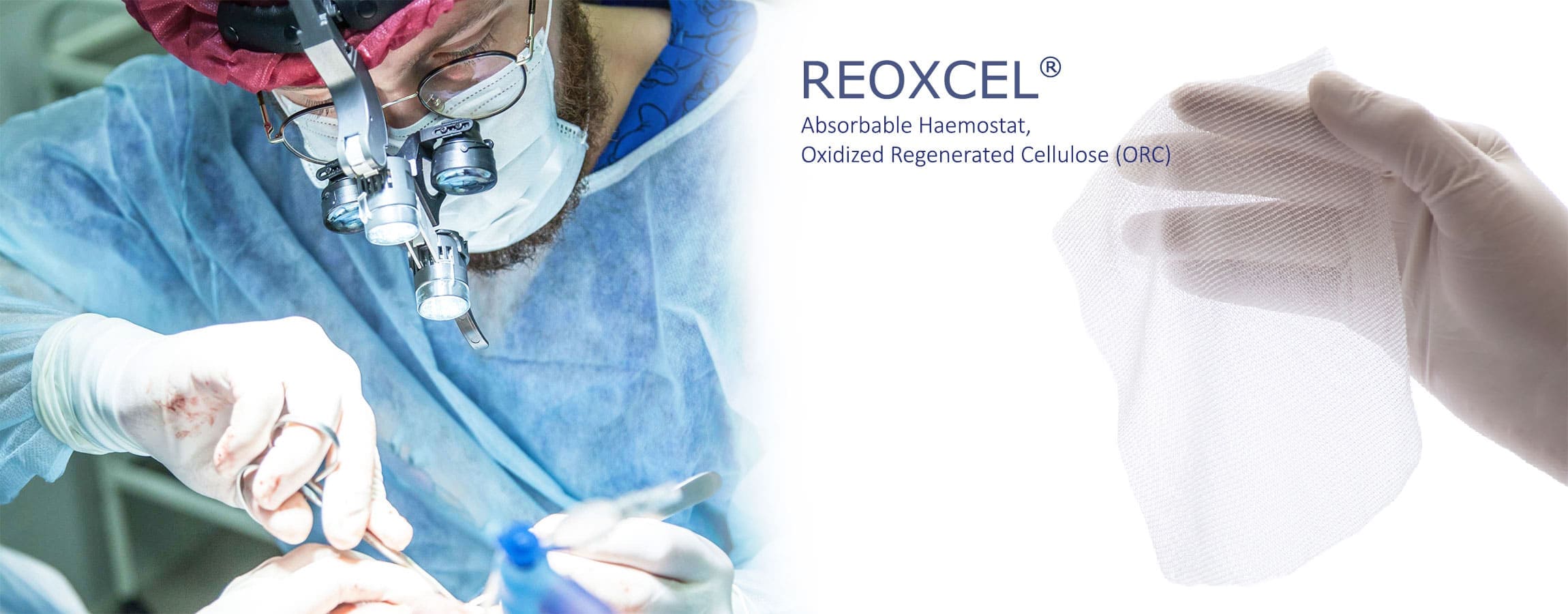
Reoxcel absorbable hemostats made of oxidized regenerated cellulose (ORC) (polyanhydride glucuronic acid), providing hemostasis within 3-4 minutes and having a bactericidal effect when applied to the bleeding tissue during childbirth and other gynaecological operations are the most preferred Reoxcel hemostat product in gynaecology surgery. Plant-derived, that is, non-reactive Reoxcel hemostatic agents provide fast hemostasis as well as high tissue compatibility, offer a transparent use without sticking to gloves and instruments, thanks to its flexible and thin weave feature.
Reoxcel absorbable hemostats made of oxidized regenerated cellulose (ORC) (polyanhydride glucuronic acid), providing hemostasis within 3-4 minutes and having a bactericidal effect when applied to the bleeding tissue during childbirth and other gynaecological operations are the most preferred Reoxcel hemostat product in gynaecology surgery. Plant-derived, that is, non-reactive Reoxcel hemostatic agents provide fast hemostasis as well as high tissue compatibility, offer a transparent use without sticking to gloves and instruments, thanks to its flexible and thin weave feature.
Other Reoxcel Hemostat Type Usage in Gynaecology Surgery
Reoxcel hemostats, which are produced in accordance with the requirements of the “Oxidized Regenerated Cellulose” standard of the USP American Pharmacopoeia, provide versatile use and can easily take the desired form, are produced in 3 different types as Reoxcel, Reoxcel Fibril and Reoxcel Sigma-Knit. Reoxcel absorbable hemostats, which are completely absorbed and destroyed by the body in approximately 2 to 4 weeks, are the most preferred standard type in gynaecology surgery and Reoxcel hemostat with a fine fabric. However, surgeons may prefer Reoxcel Fibril, which is a multi-layered hemostat type, or Reoxcel Sigma-Knit, which is a thick fabric suitable for suturing in rare cases, depending on the severity of bleeding and the condition of the operation.
Reoxcel hemostats, which are produced in accordance with the requirements of the “Oxidized Regenerated Cellulose” standard of the USP American Pharmacopoeia, provide versatile use and can easily take the desired form, are produced in 3 different types as Reoxcel, Reoxcel Fibril and Reoxcel Sigma-Knit. Reoxcel absorbable hemostats, which are completely absorbed and destroyed by the body in approximately 2 to 4 weeks, are the most preferred standard type in gynaecology surgery and Reoxcel hemostat with a fine fabric. However, surgeons may prefer Reoxcel Fibril, which is a multi-layered hemostat type, or Reoxcel Sigma-Knit, which is a thick fabric suitable for suturing in rare cases, depending on the severity of bleeding and the condition of the operation.
